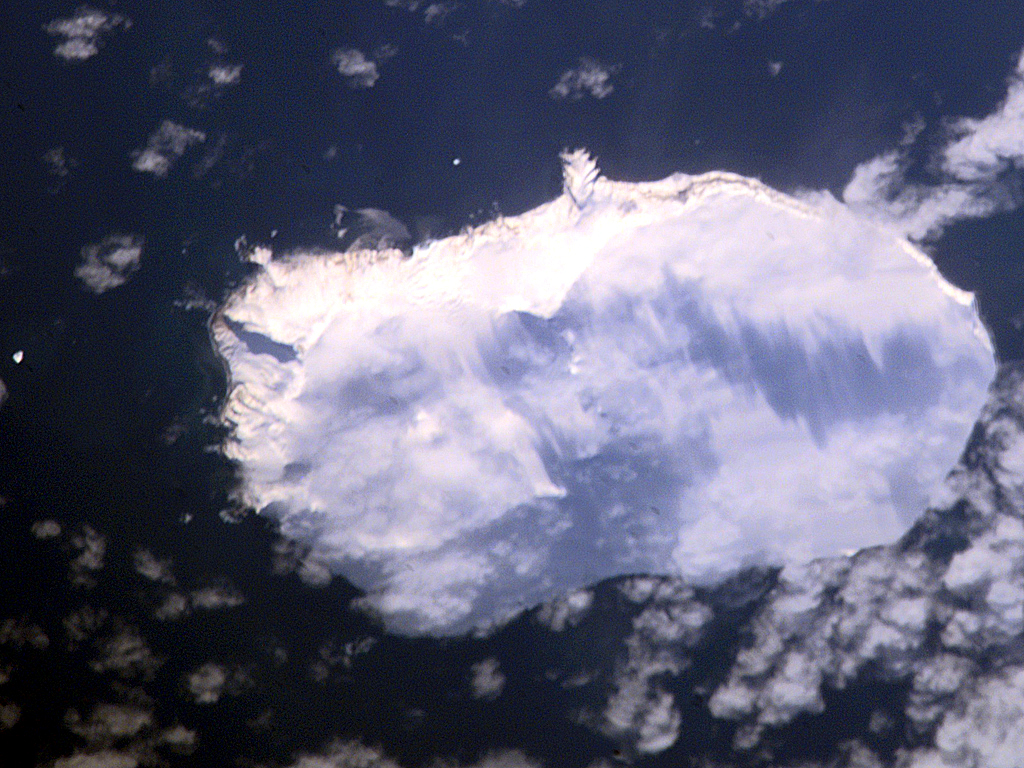
Story Highlights
- Historical event
- 1 January 1739
- Bouvet Island has an area of 49 square kilometers, that is 4,900 hectares. It is very interesting that Bouvet Island is today in the possession of Norway, although it is located more than 12,000 kilometers away from it!
On this day the Bouvet Island – the most isolated island on the entire planet – was discovered. Namely, this island is more than 1,600 kilometers away from the nearest land. To make matters worse, this nearest adjacent land is the uninhabited coast of Antarctica. The nearest inhabited land is a group of islands Tristan da Cunha, an incredible 2,260 miles away. To the nearest continental mainland – the southern part of Africa – it is necessary to navigate across as many as 2,580 kilometers.
Bouvet Island has an area of 49 square kilometers, that is 4,900 hectares. It was discovered precisely on this day in 1739 by the French explorer Jean-Baptiste Charles Bouvet de Lozier, after whom the island was named. It is very interesting that Bouvet Island is today in the possession of Norway, although it is more than 12,000 kilometers away from it!




